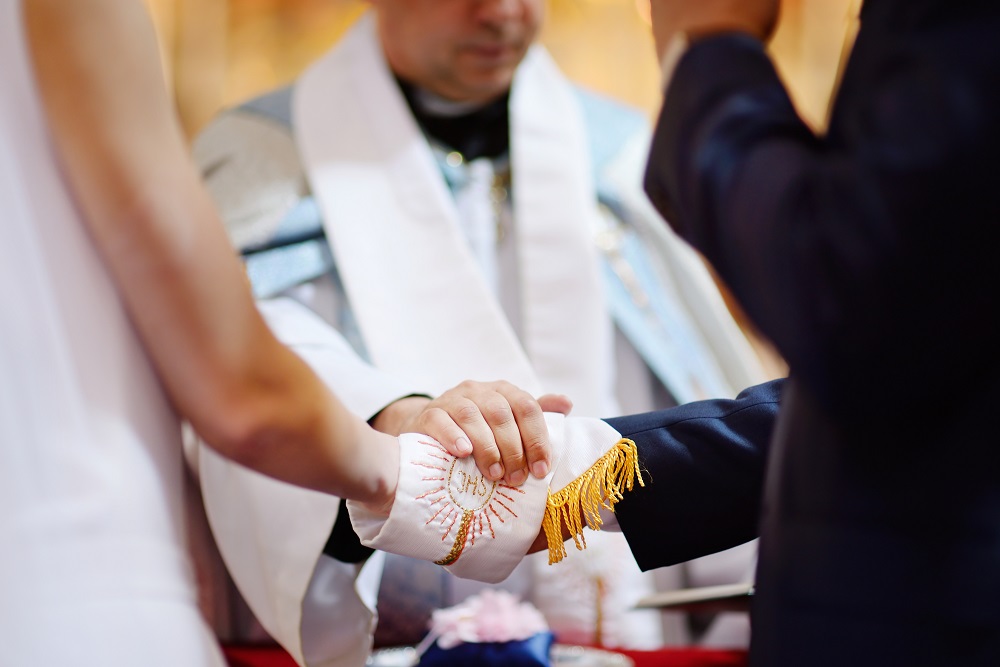
Colours have always been associated with human emotions, from warm to exciting and much more. The Colour of the spectrum has physiological significance, so it's not surprising that colours also have catholic history. Proper use of colours in the church can lift the spirits of people and priests instantly. All the church vestures bring their effect with colour and texture, every year the church follows a sequence of colours for particular feasts. You might have seen it during your visit to church. However, do you know early Christians had no association or colour system with seasons nor did they have traditional rules for colours? So, how did liturgical colours find their way in history?









